How to Create a Memorable Breakfast Experience at Your B&B
In my years running B&Bs, I’ve learned that breakfast is far more than just the first meal of the day. It’s often the cornerstone of the guest experience, the lingering memory they take with them, and a powerful differentiator in a competitive market. It’s our prime opportunity to showcase hospitality, share a taste of our region, and truly connect with our guests. Getting breakfast right isn’t just about filling stomachs; it’s about creating a moment, an atmosphere, and a feeling that embodies the unique charm of staying at a bed and breakfast. Let’s explore how we can elevate this crucial meal from routine to remarkable.
Knowing your audience and playing to your strengths
Before you even think about whisking eggs or brewing coffee, take a moment to consider who your typical guests are. Are they couples seeking a romantic getaway, families needing kid-friendly options, or perhaps hikers needing a hearty start before hitting the trails? Understanding their expectations is key. A business traveller might prioritise speed and efficiency, while a leisure guest may relish a more drawn-out, indulgent affair. I’ve found that tailoring the style and substance of breakfast to the predominant guest type makes a significant difference. Equally important is being honest about your own culinary skills and the resources you have available, including time and staffing. It’s far better to execute a simpler menu flawlessly than to overstretch and underdeliver on complex dishes. Remember, quality often trumps quantity. As highlighted in guidance for creating B&B menus, focusing on high-quality, perhaps local, ingredients for a smaller selection can be more impactful than offering a vast array of mediocre options. If cooking isn’t your forte, don’t be afraid to perfect a few simple, crowd-pleasing dishes or even explore partnerships with local bakers.
The heart of the matter: Curating a standout menu
The menu is where your breakfast vision truly comes to life. This is your chance to shine, to offer something beyond the standard hotel buffet. Sourcing locally is a wonderful starting point – think farm-fresh eggs, artisan bread from a nearby bakery, regional cheeses, or seasonal fruits. Guests love hearing the story behind their food, and using local ingredients provides an authentic taste of place, something emphasized by associations like CABBI as a way to tell your inn’s story. Beyond sourcing, consider developing a ‘signature dish’ – something unique that guests will remember and perhaps even return for. It doesn’t have to be overly complicated. Look at the success stories like the ‘Lemon Souffle Pancakes’ mentioned in a USA TODAY feature on award-winning B&B breakfasts; a unique twist on a classic became a major draw. I encourage experimenting – perhaps try adapting family recipes, or explore regional specialities. Don’t shy away from incorporating trends if they fit your style; insights from chefs like Caitie Maharg suggest bringing elements from dinner menus, street food, or even gourmet desserts into the breakfast sphere.
Variety is also crucial. While a signature dish is great, catering to different tastes and dietary needs is essential hospitality. Offer a balance between cooked-to-order hot dishes and a well-presented cold selection or buffet. This might include classics like a full cooked breakfast (the Full Irish Breakfast being a prime example of a beloved tradition), alongside lighter options, fresh fruits, yoghurts, cereals, and pastries. Always be prepared for dietary requirements – having appealing vegetarian, vegan, gluten-free, and dairy-free options readily available is no longer a niche request but a standard expectation. Ask guests about dietary needs upon booking to ensure you’re prepared. And don’t underestimate the power of homemade touches. Even something simple like a homemade granola or freshly baked scones can elevate the experience significantly. If you’re looking for inspiration, resources like the Rocky Mountain Lodge Cookbook or collections from B&B associations can offer a wealth of ideas, from unique pancake recipes to delightful fruit dishes.
Setting the stage: Atmosphere and presentation matter
A memorable breakfast isn’t just about the food; it’s about the entire sensory experience. How you present the meal and the atmosphere of your dining space are just as important. As the saying goes, we eat with our eyes first. Take care with plating – keep it neat, colourful, and perhaps add a little height. Use garnishes thoughtfully, ensuring they are edible and complement the dish. The dining room itself should feel welcoming and reflect the character of your B&B. Consider the table settings: Will you use tablecloths or placemats? Cloth napkins or high-quality paper? Will guests sit at individual tables or a communal one? Insights from experienced B&B owners like Karen Thorne suggest that flexibility with table arrangements can be beneficial, allowing for both intimacy and group interaction. Simple touches like fresh flowers, soft background music, or even candlelight, as practiced at Rabbit Hill Inn, can transform the ambiance.
If you offer a buffet element, presentation is key here too. Use attractive serving dishes, tiered stands for visual interest, and clear labels for each item. Consider using individual portion pots for items like yoghurt or jams for hygiene and aesthetics. Keep cold items properly chilled. When it comes to drinks, offering quality matters. Freshly brewed coffee – perhaps from a local roaster – and a good selection of teas served properly (loose leaf in pots with extra hot water, for instance) add a touch of class. Investing in good quality crockery and cutlery also subtly enhances the guest’s perception of quality. The goal is to create a space where guests feel comfortable, relaxed, and well-cared for.
Smooth operations: Preparation, service, and practicalities
Delivering a fantastic breakfast consistently requires more than just good recipes; it demands efficient organization behind the scenes. In my experience, preparation the night before is absolutely crucial for a stress-free morning. This involves simple but vital steps: confirming the menu, checking guest numbers and dietary needs, ensuring you have all ingredients, setting out necessary equipment and serveware, measuring dry ingredients, thawing frozen items, and even setting the tables. Detailed checklists for night-before prep can be incredibly helpful in establishing a routine. This frees up your morning to focus on cooking fresh items and, most importantly, engaging with your guests.
The service itself should be warm, welcoming, and attentive without being intrusive. This is where the ‘bed and breakfast’ difference truly shines. Take the time to chat with guests, offer recommendations for their day, and share a little about the food or the local area. This personal interaction is often what guests cherish most. Flexibility is also key – being able to accommodate slightly earlier or later breakfast times, or preparing takeaway bags for early departures, shows genuine care. Consider practicalities like safety and hygiene, especially important in recent times. This might mean adapting your service style, perhaps offering staggered seating times or enhancing outdoor dining options, as suggested by advice on adapting B&B services. And don’t forget the value of feedback; actively listen to your guests’ comments to continually refine your offering. Finally, consider sharing popular recipes – a small card with instructions for your signature scones or jam can be a lovely souvenir, a practice highlighted in creative tips for B&B owners.
Beyond the last bite: Crafting a breakfast legacy
Ultimately, creating a memorable breakfast experience is about pouring a little bit of your B&B’s soul onto the plate. It’s about understanding that this meal is an opportunity to express your hospitality, your connection to your region, and your passion for what you do. It’s more than fuel; it’s fellowship and flavour combined. Whether it’s the aroma of freshly baked cinnamon rolls wafting through the house, the unique taste of a carefully crafted garlic butter enhancing scrambled eggs, the discovery of a new favourite dish inspired by a collection like the Great British B&B Breakfasts Cookbook, or the warmth of sharing treasured ‘secret’ family recipes, these are the details that elevate breakfast from a simple meal to a cherished memory. It’s this dedication to creating a special start to the day that keeps guests talking long after they’ve checked out, and often, brings them back for another taste.

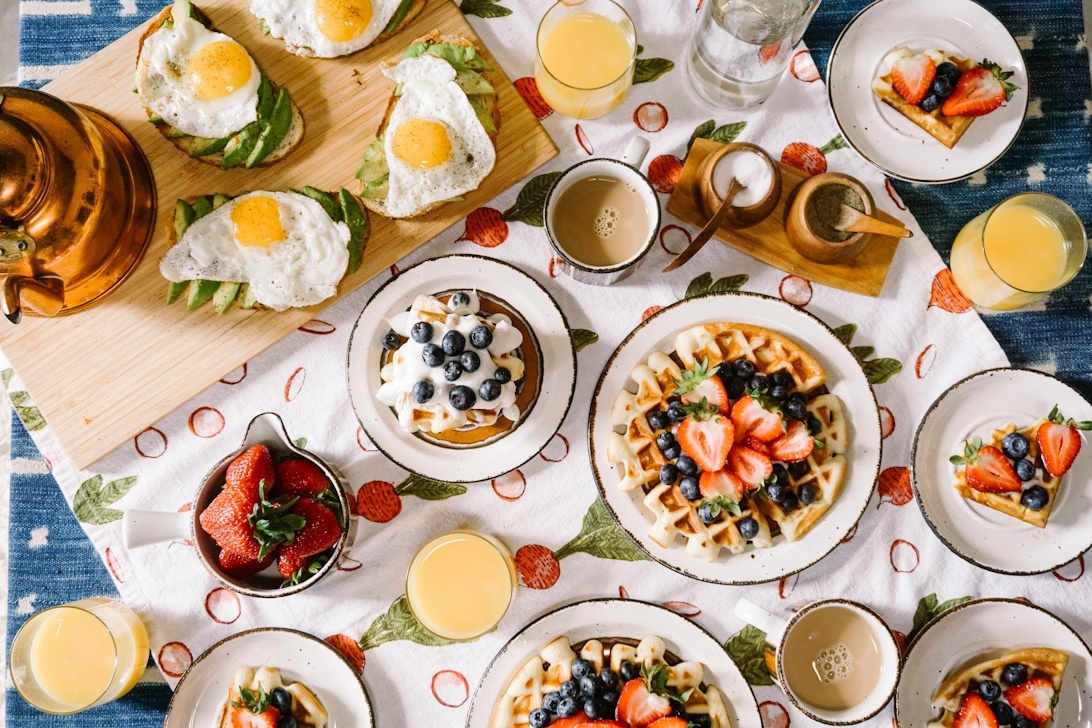
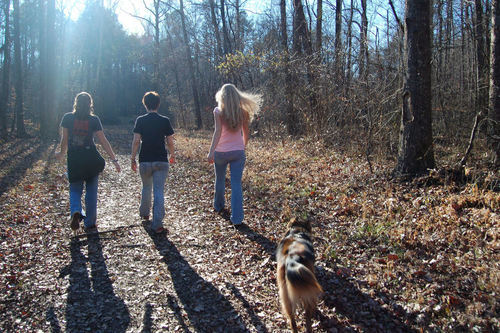
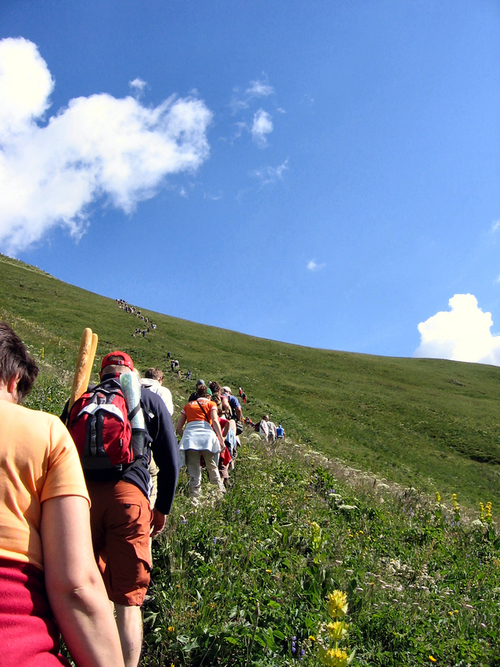

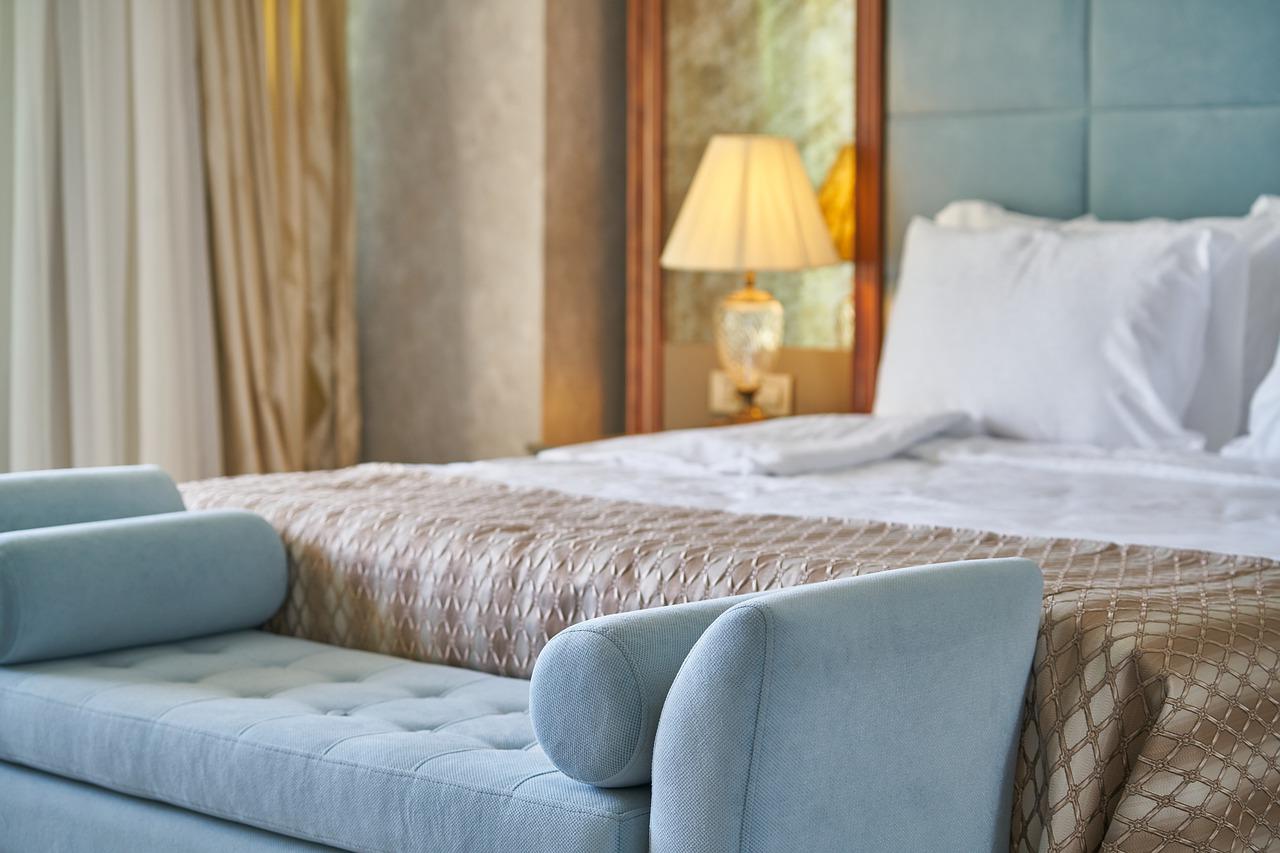
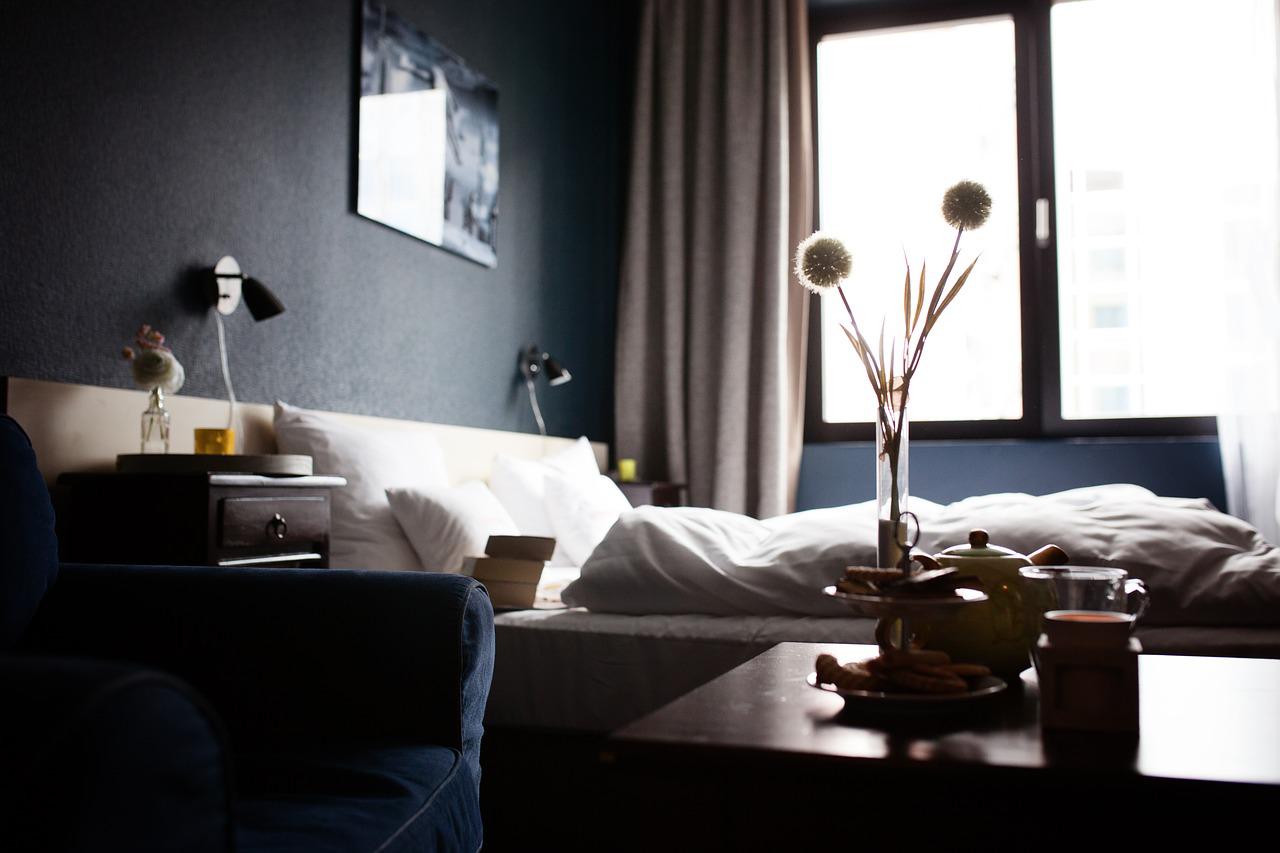 el websites such as TripAdvisor and Booking.com to smaller operators like
el websites such as TripAdvisor and Booking.com to smaller operators like 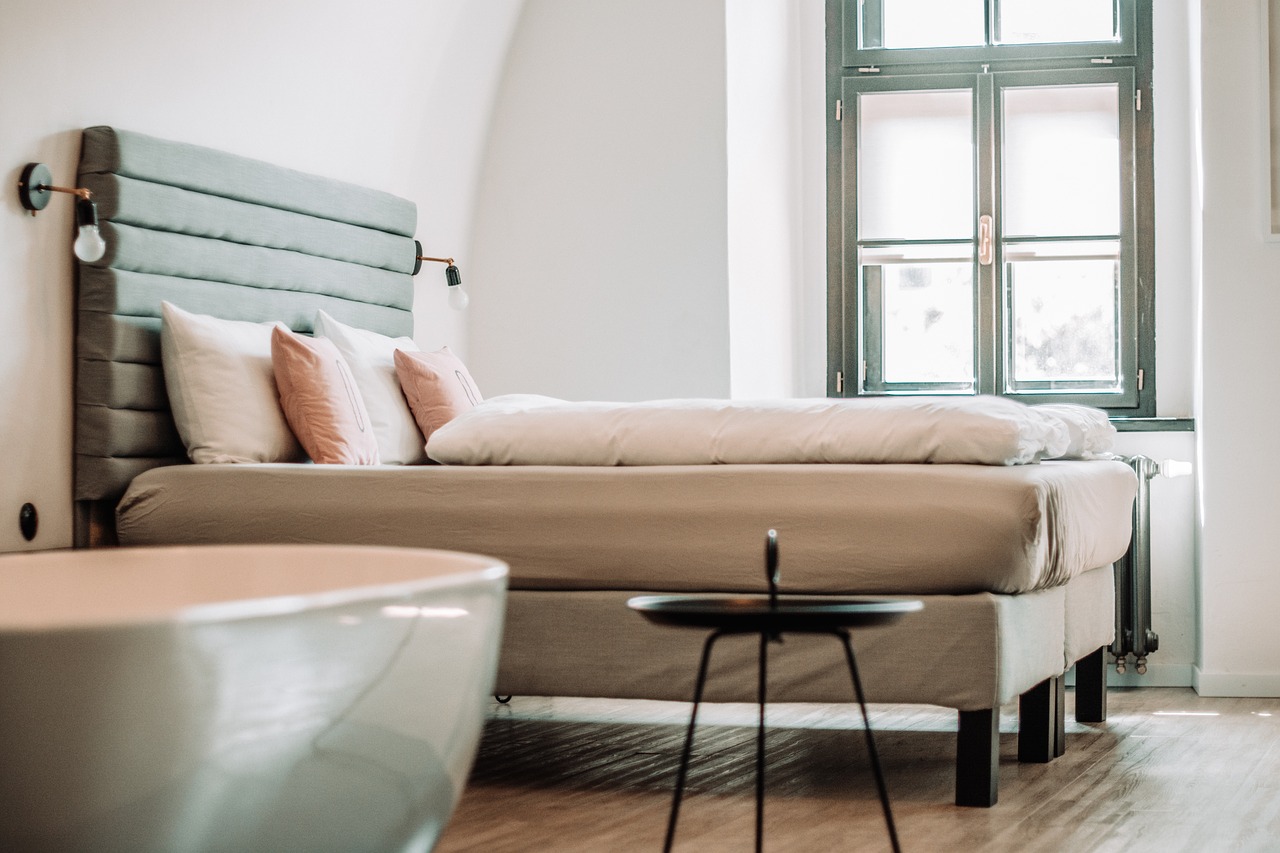
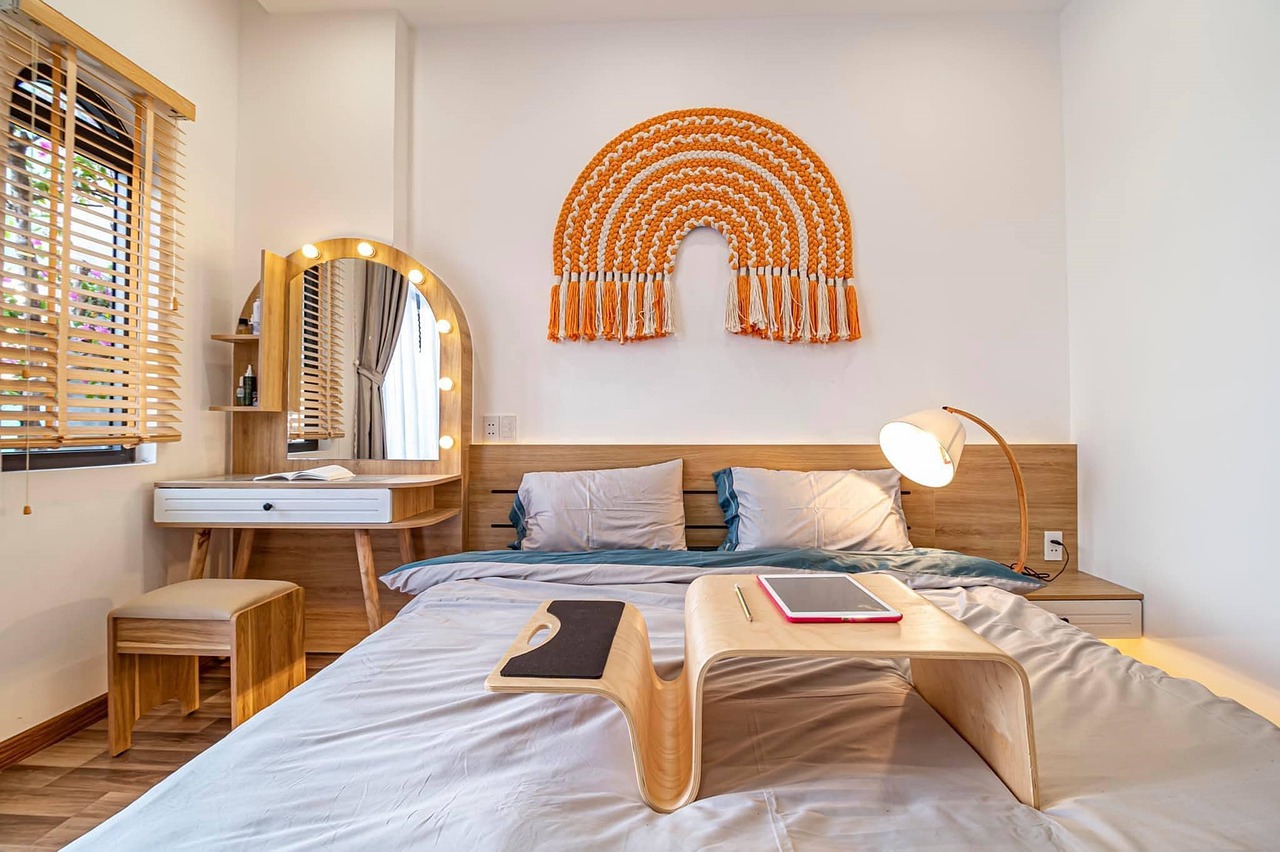 out what other B&Bs and hotels in the area offer their customers. This will enable you to match or ideally exceed the levels of service that are available in the area. If you fail to live up to these standards, it won’t take long for bad reviews to spread. It can take a very long time for a B&B to recover from this type of repetitional damage, particularly if the owners are new to the area.
out what other B&Bs and hotels in the area offer their customers. This will enable you to match or ideally exceed the levels of service that are available in the area. If you fail to live up to these standards, it won’t take long for bad reviews to spread. It can take a very long time for a B&B to recover from this type of repetitional damage, particularly if the owners are new to the area.
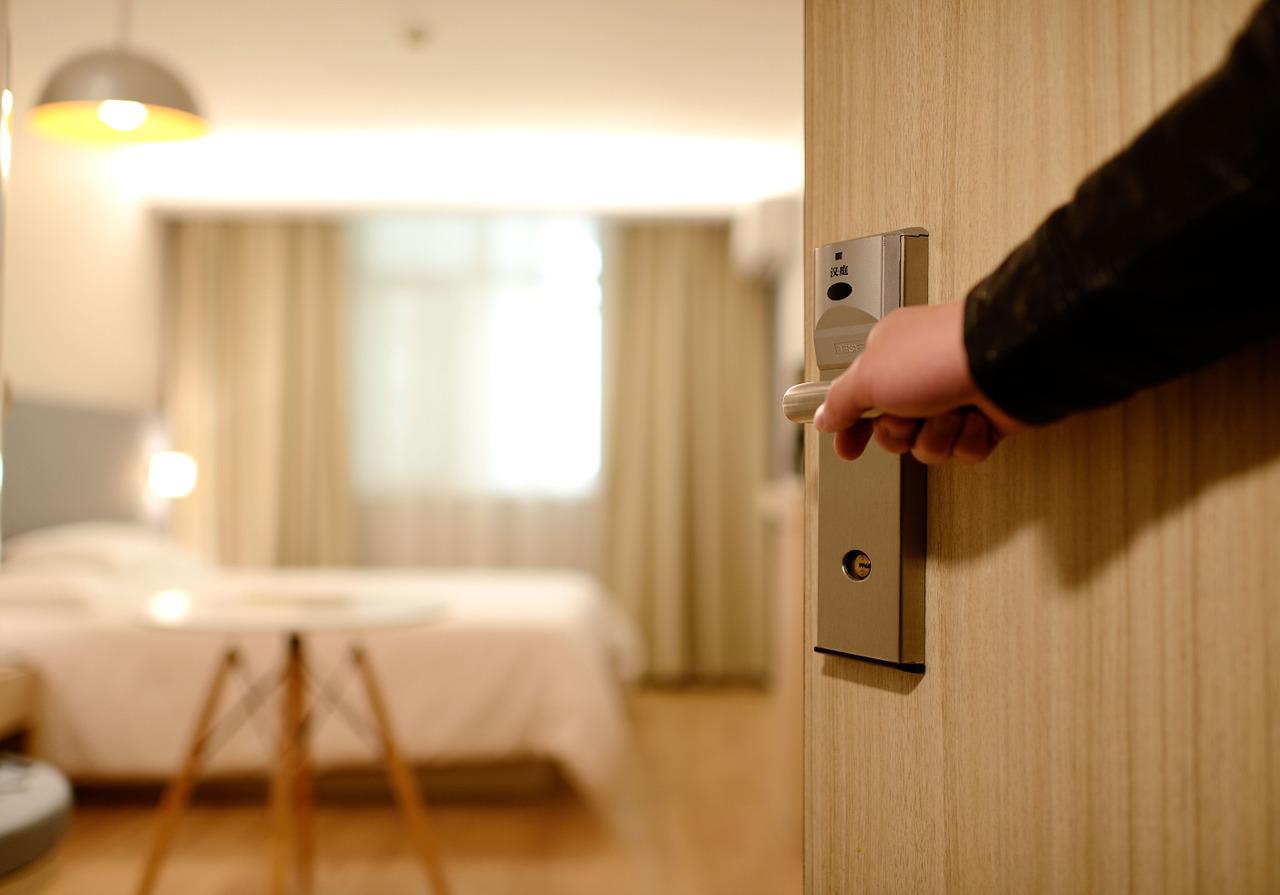 n it is generally better to arrange an alternative for your guests.
n it is generally better to arrange an alternative for your guests.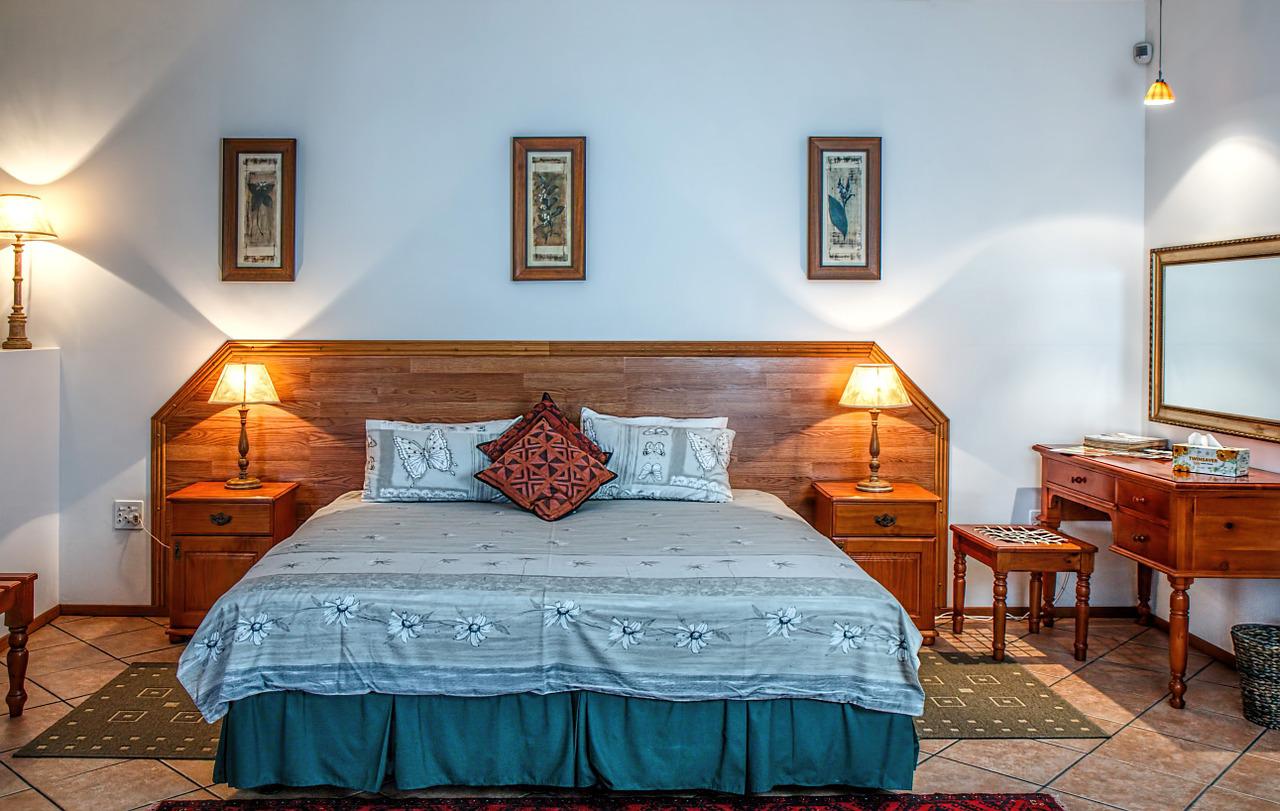
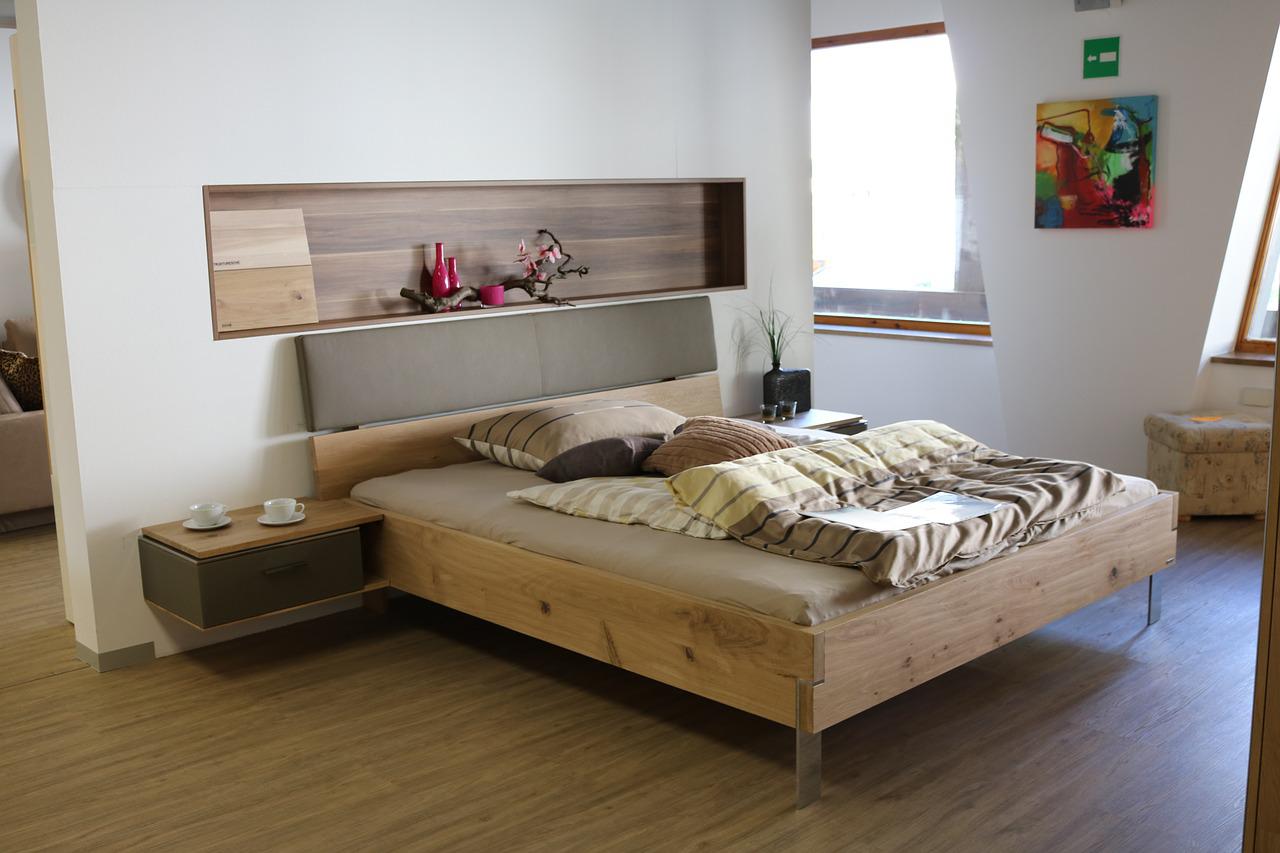 d that a
d that a 
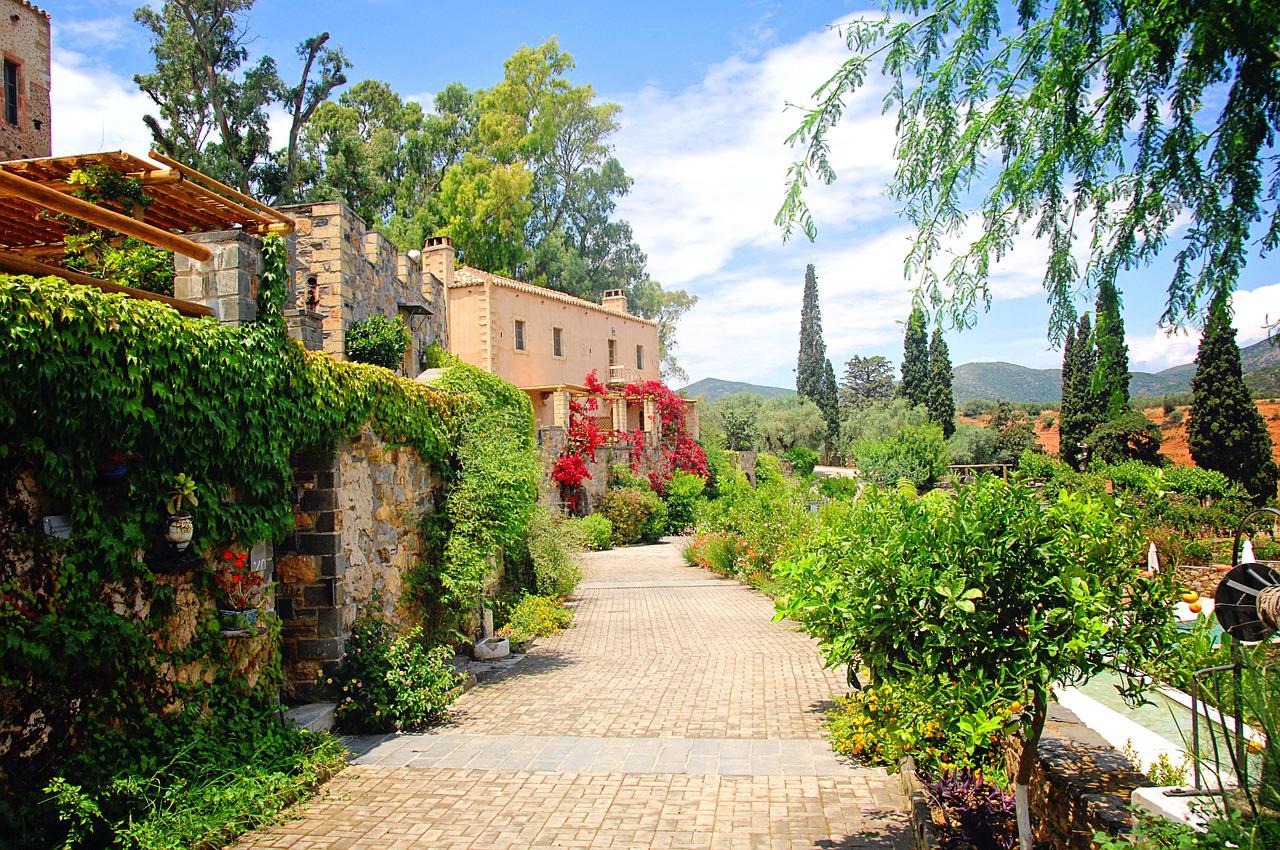 t to be desired, and guests who do not have access to their own car may struggle to either get to the B&B or get around when they are there. Plenty of advance planning is required for those without their own vehicle.
t to be desired, and guests who do not have access to their own car may struggle to either get to the B&B or get around when they are there. Plenty of advance planning is required for those without their own vehicle.